By Tom Jow — A couple of months ago I met some friends for a mountain bike ride. As we are about to set out from the car one of them says, “I forgot my helmet. I guess I will just ride slow on the downhill.” This was an up and back down trail we have ridden many, many times. As someone who has had close calls without a helmet, and crash impact while wearing one, I didn’t really like the idea. But he is free to make his own choices. A month later, riding with that same friend I went over the bars. My speed was not particularly high at the time. I landed on my side and felt my head hit the ground with a smack. Good thing I had that helmet on. After a few minutes to assess my condition, we finished the ride, and I went about the rest of the weekend with no sign of head injury.
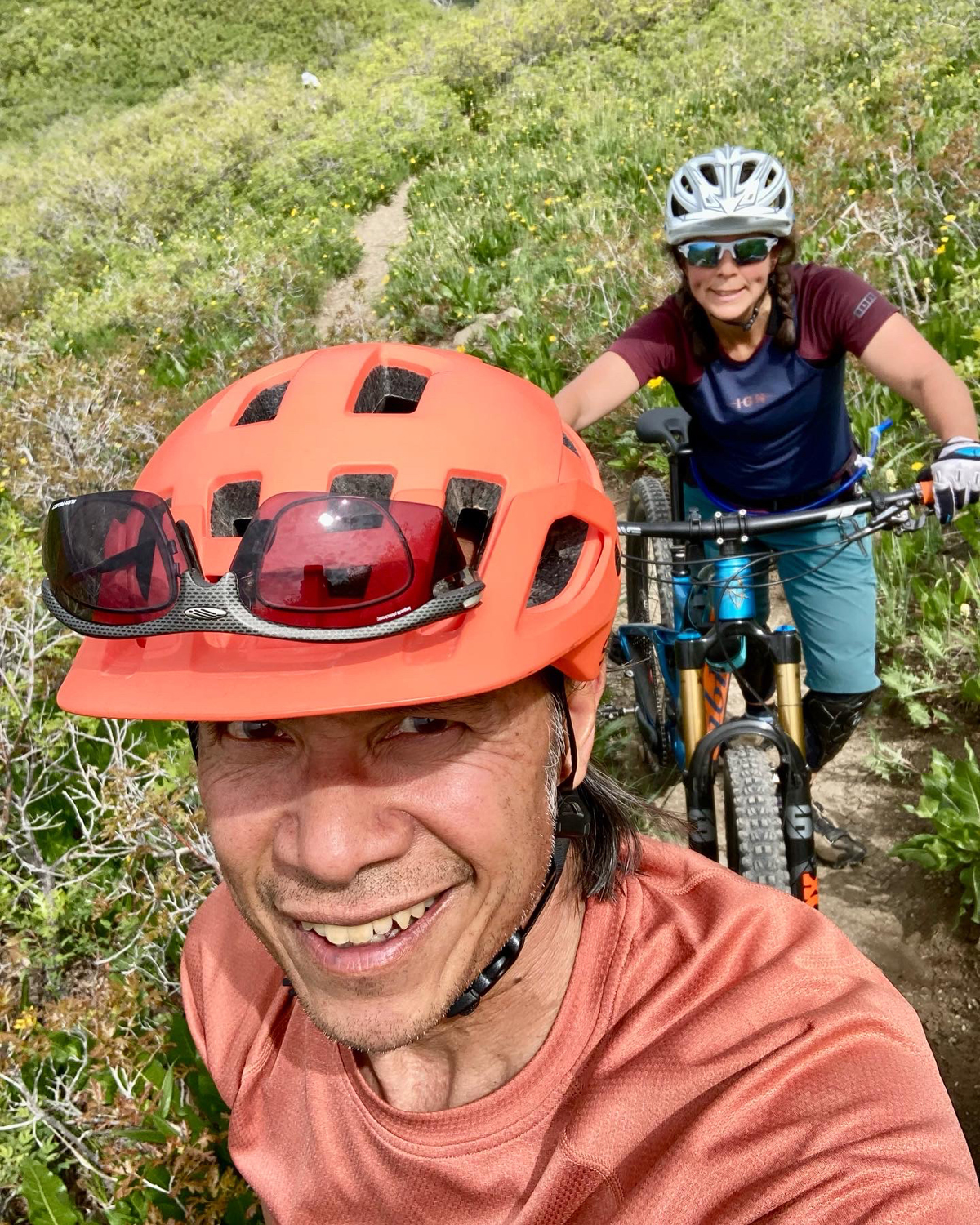
It’s rare these days to see any serious or recreational rider without a helmet. Riding around town in Salt Lake City is a different story. I often see commuters, GreenBike riders, and scooter riders zipping around in traffic helmetless. In a story reported on KSL news in July 2024, Utah Department of Public Safety records show for the years 2019-2023 the number of bicycle crashes (reported) increased by 11.6 percent. During that same period, they recorded that helmet use (in reported crashes) decreased from 11.3 percent to 1.45 percent (1).
Why Wear a Helmet
The brain is an essential organ and must be protected from injury. It controls all functions of the body. Autonomous functions, such as breathing and heartbeat do not occur without it. Furthermore, all our senses, vision, hearing, smell, taste, and touch are processed by the brain. All movements from brushing our teeth to riding a bike are coordinated by the brain. Finally, our memory and personality, developed over years of experience, are retained in our brain cells. An injury damaging any portion of the brain can have a devastating effect on a person.
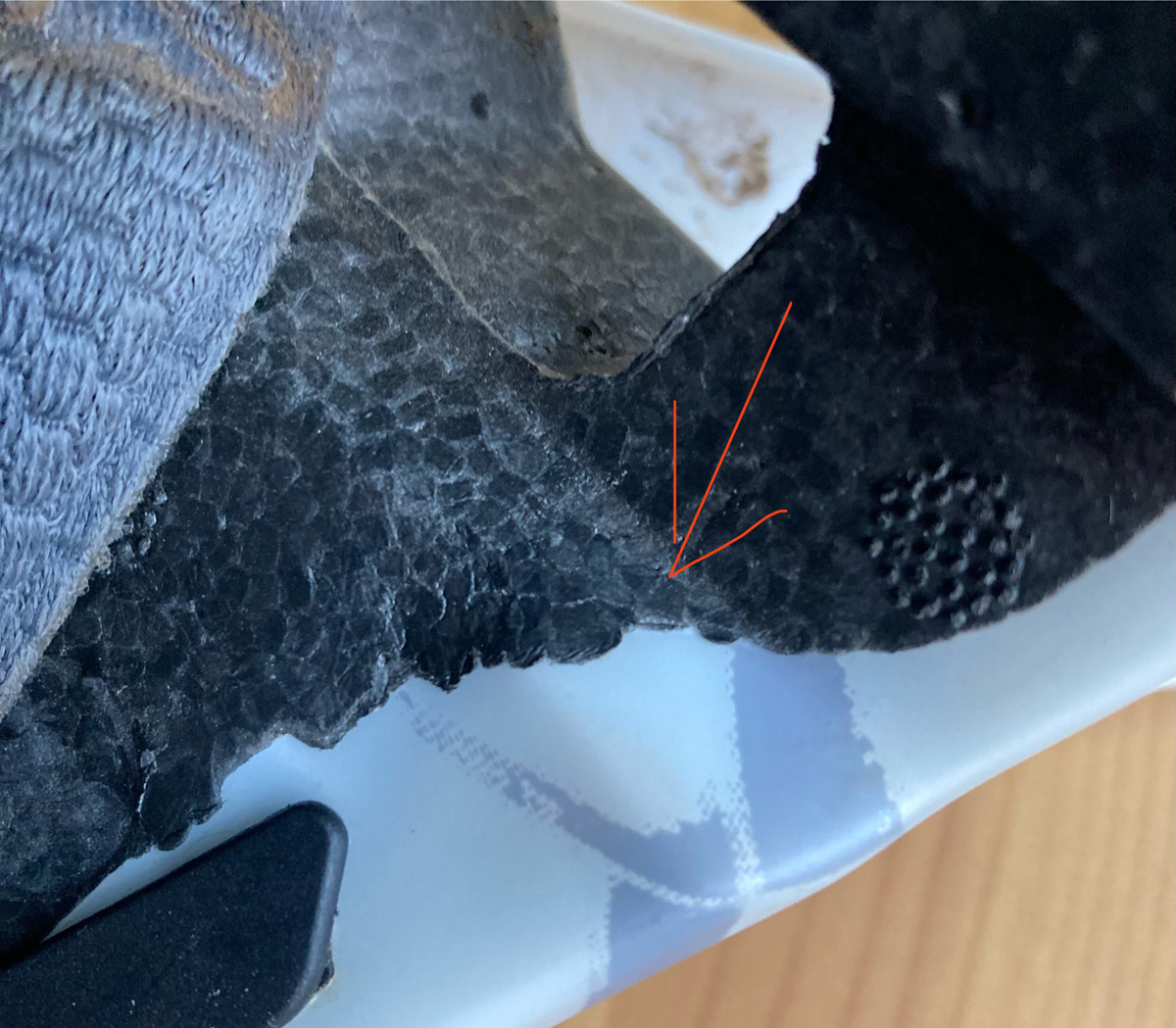
According to the Center for Disease Control and Prevention (CDC), bicycling is the number one cause for sports and recreation-related emergency room visits concerning traumatic brain injuries (2). In addition, the paper Bicycle-Related Injuries states, “head injuries occur in 22 to 47 percent of injured cyclists and are responsible for over 60 percent of all bicycle-related deaths and the majority of long-term disabilities” (3).
This does not mean, however, that being in a bicycle accident is all doom and gloom. According to the journal review Bicycle Injuries and Helmet Use, wearing a bicycle helmet reduces head injuries by up to 85 percent. Categorically they report “odds reductions of up to 51 percent for head injury, 69 percent for serious head injury, 33 percent for face injury, and 65 percent for fatal head injury” (4).
What are Helmets Made Of
The basic modern bicycle helmet consists of an ABS (acrylonitrile butadiene styrene) outer shell with a thick liner of EPS (expanded polystyrene), soft foam pads (for fitting) and nylon straps for retention. Largely unchanged from its original design in the late 1980’s, the EPS liner is basically a mass of small Styrofoam balls (think cheap white drink cooler) engineered and molded into the shape of a head. As the main protective mechanism of the helmet, its function is to a) protect the skull from direct impact and b) slow the speed of impact, thereby slowing the impact of the brain inside the skull. However, the EPS liner cannot do the job alone. The ABS shell is designed to keep the EPS liner contained, preventing disintegration upon impact.
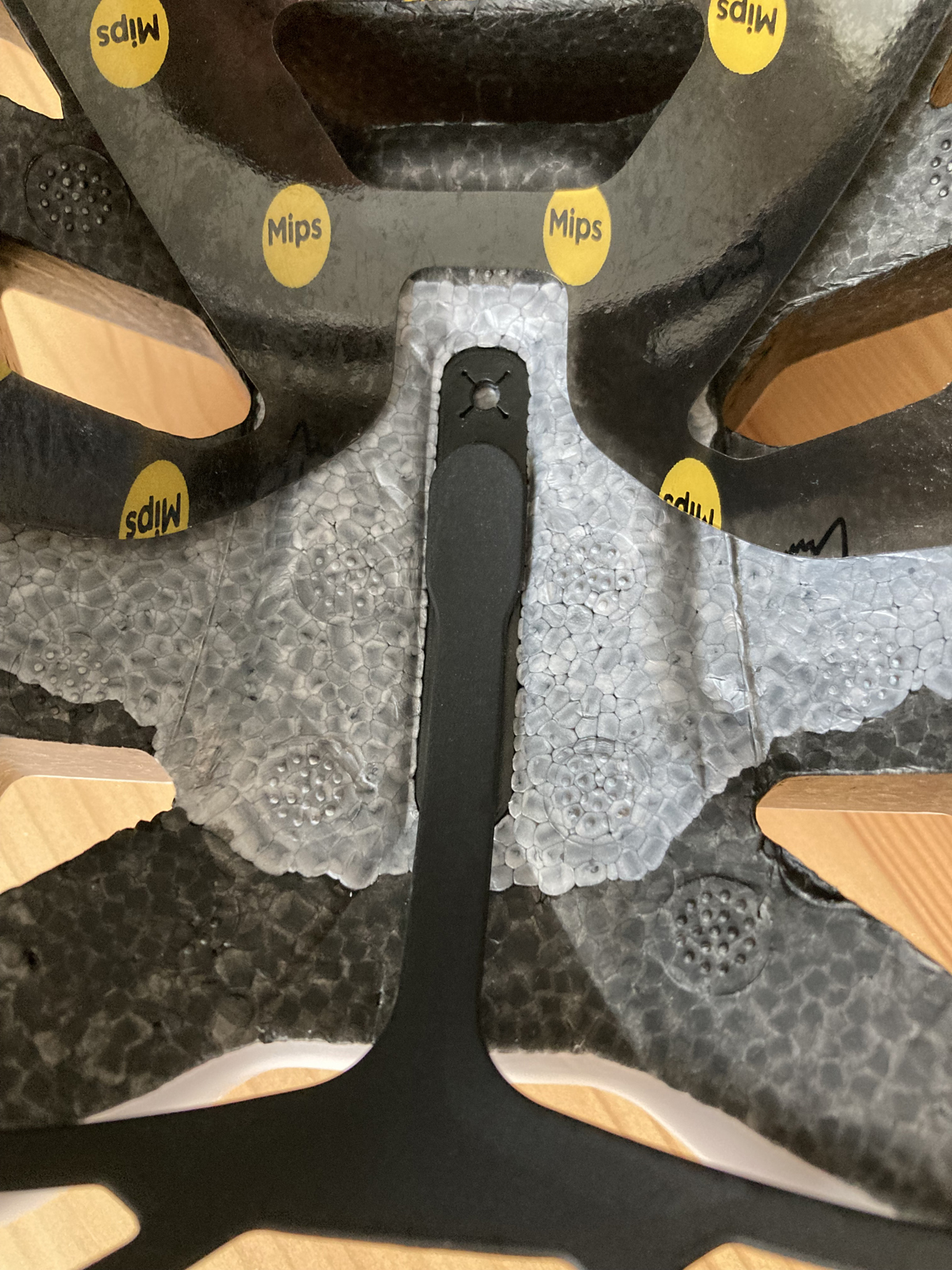
But that’s not all. As research has discovered more about the mechanisms of brain injury, new protective technologies have been engineered and incorporated into helmets. Since the early 2000’s there has been much development to protect helmet wearers from rotational (angular) impact forces. Helmet impacts are often indirect, glancing blows. These impacts incur rotational forces which may impart a shearing force between the brain and skull causing severe injury.
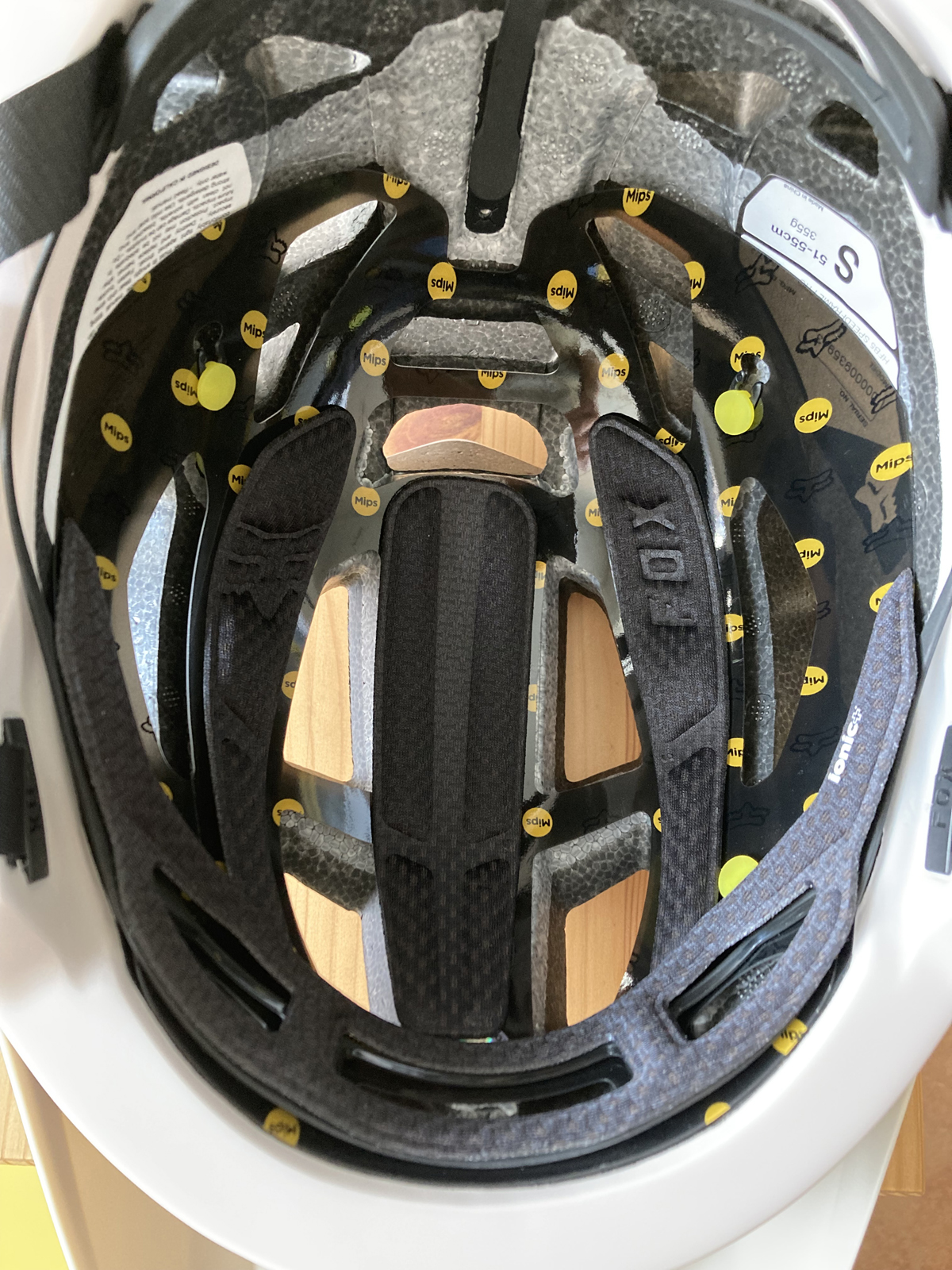
To combat this type of impact, helmet manufacturers have developed proprietary protective systems under many names; WaveCel, Spin, Turbine, ODS, AIM and more. However, MIPS (multi-directional impact protection system), an independently developed system, appears to have the most widespread use among the bicycle helmet industry. For over twenty years MIPS has been researching and developing helmet protection systems. A very simplified way the MIPS functions is like this: as a low friction liner attached to the head inside the helmet, it “slips” along the EPS liner during angled impact, reducing the rotational force imparted upon the skull and ultimately, between brain and skull (5).
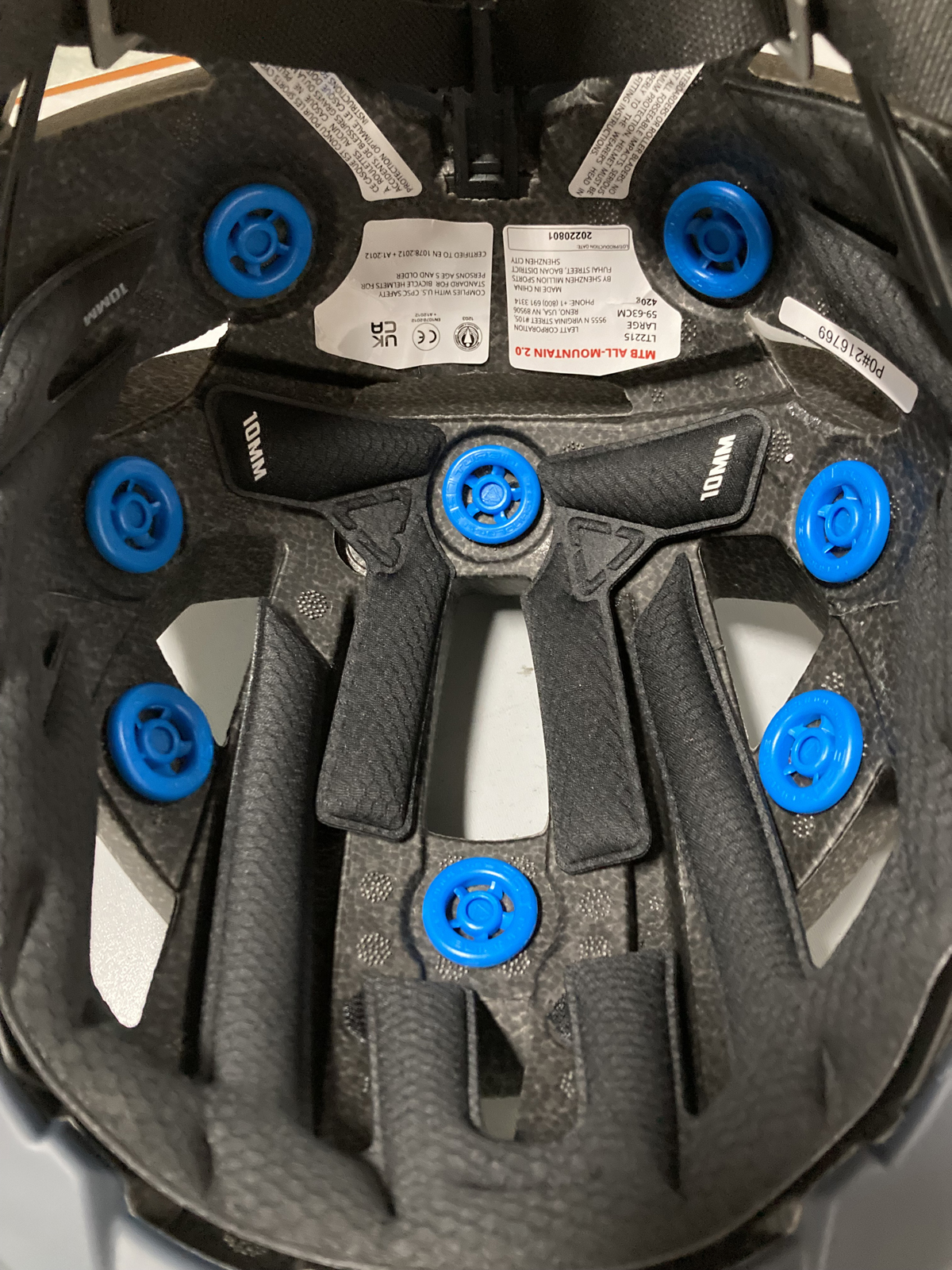
How well do these systems protect the brain? In testing of their Turbine system, South African based helmet manufacturer Leatt found that at an impact speed of 4.3 m/s (9.6mph), reductions of linear impact force of 8 and 14 percent, as well as 12 and 28 percent reductions of rotational force (6). In addition, the review An Overview of the Effectiveness of Bicycle Helmet Designs in Impact Testing finds that at an impact speed of 4.2 m/s (9mph), compared to conventional helmets, helmets with MIPS reduce PRA (peak rotational acceleration) by up to 16 percent and GAMBIT (general acceleration model for brain injury threshold) forces by up to 49.3 percent (7).
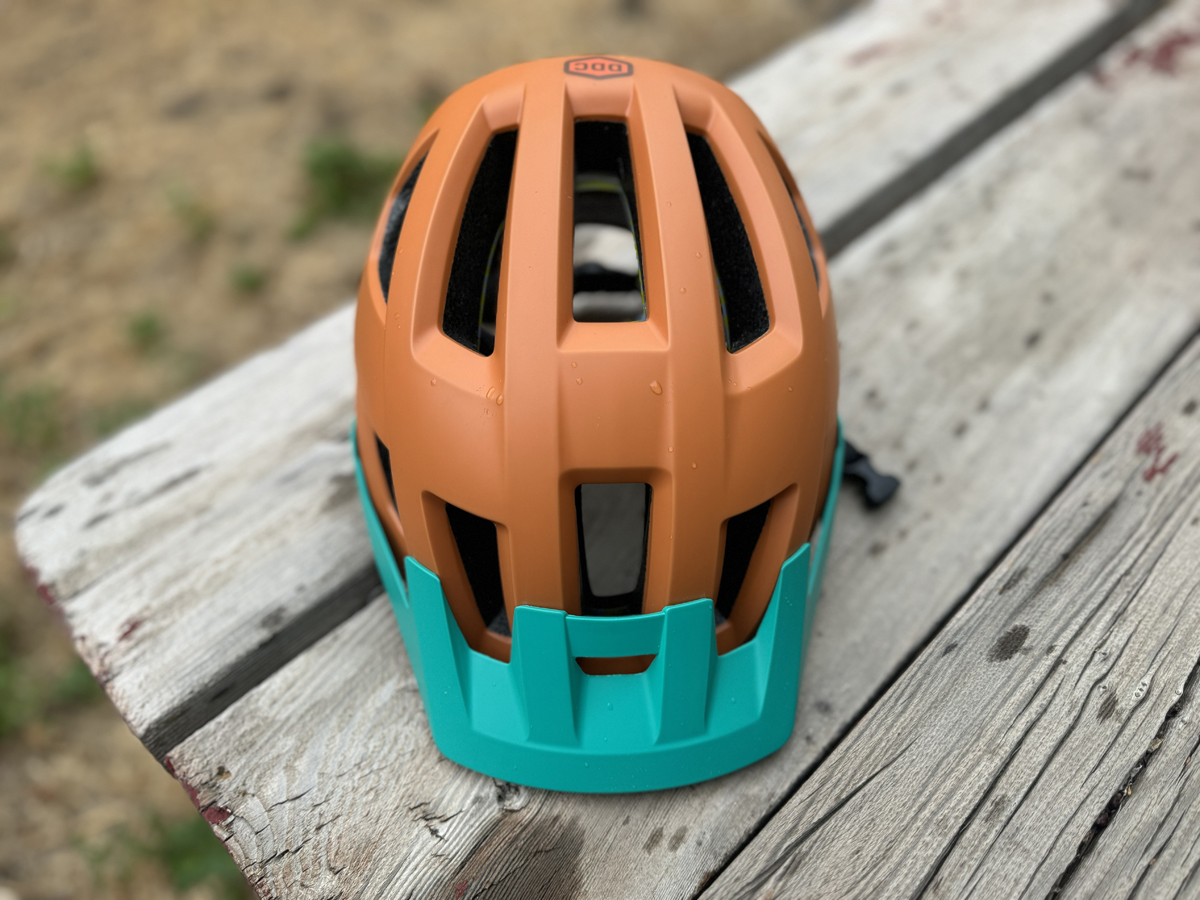
While angular impact is getting much of the press, let us not forget about linear impact protection. Until now, the EPS liner has remained largely unchanged. Recently, two new materials are seeing greater application to bicycle helmets. Koroyd, used notably in Smith and Endura helmets, is integrated into the helmet in addition to the EPS liner. In development for more than ten years, Koroyd, a vertically compressive material, can compress 18 percent more than EPS (8). This allows Koroyd to absorb more impact energy than EPS. Another material, WaveCel, used exclusively in Bontrager and Trek helmets, is also a vertically compressive material. A study review of WaveCel helmet tests shows a 31 percent lower PLA (peak linear acceleration) when compared to conventional helmets (7).
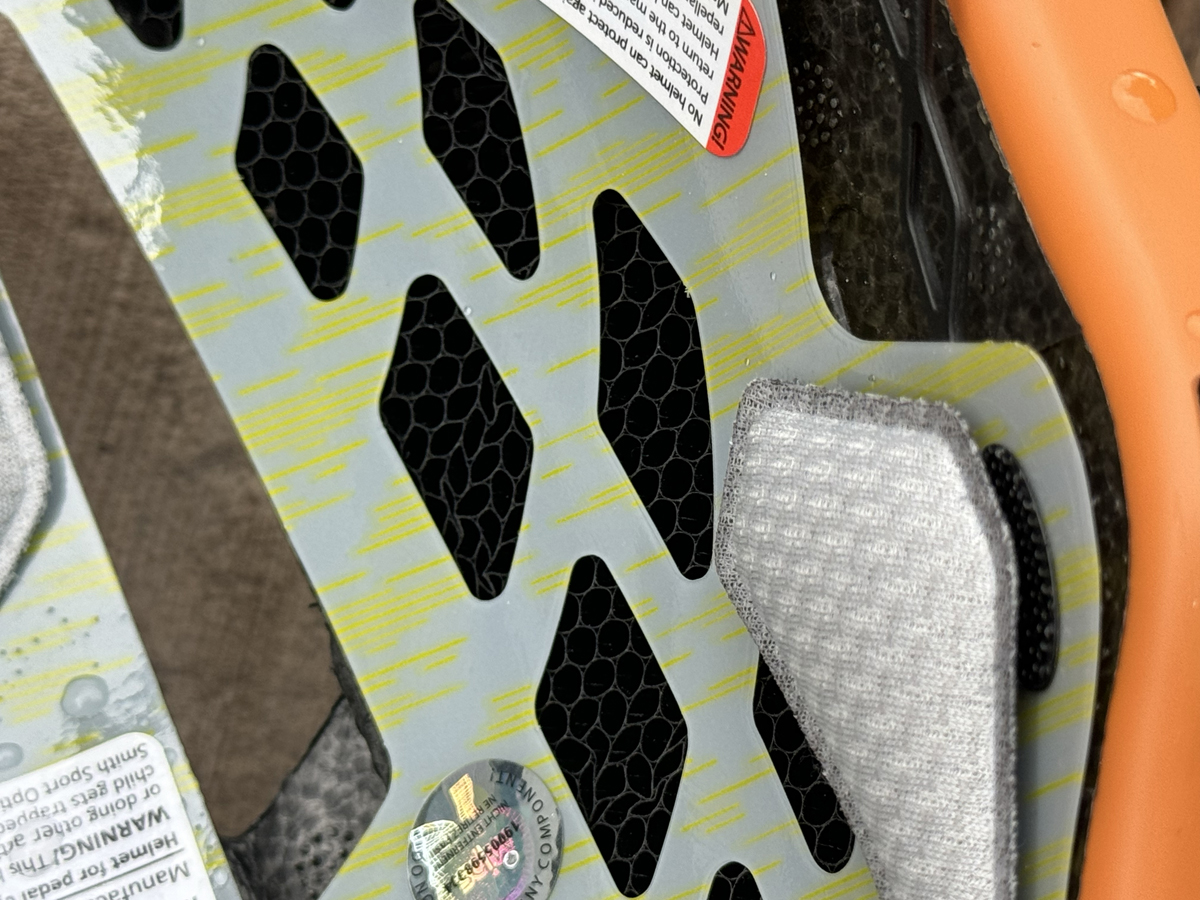
As cyclists, every time we go for a ride there is a risk of falling. Whether we go across town to the grocery, out for a quick jaunt over the hill to the lake and back, or to that dirt trail we have ridden hundreds of times, there is the possibility of hitting our head. However, we can protect ourselves. Thanks to current research and technology, helmets are not only more protective, but lighter, more ventilated, and better looking than ever before. There is really little reason not to wear one. But you can’t make people wear them. Having put helmets to the test, I know better.
Next time: How to purchase a helmet.
References:
- Emma Everett Johnson, “Helmet use declines amid rising number of bike vs. vehicle collisions in Utah.”, https://www.ksl.com/article/51071886/helmet-use-declines-amid-rising-number-of-bike-vs-vehicle-collisions-in-utah, July 17, 2024.
- Sarmiento, et al, “Emergency Department Visits for Bicycle-Related Traumatic Brain Injuries Among Children and Adults — United States, 2009–2018.”, Centers for Disease Control and Prevention, Morbidity and Mortality Weekly Report / Vol. 70 / No. 19, 2021 pp. 693-697.
- Thompson, M.B., CH.B., and Rivara, M.D., M.P.H., “Bicycle-Related Injuries.”, American Family Physician, May 15, 2001.
- Jake Olivier, Prudence Creighton, “Bicycle injuries and helmet use: a systematic review and meta-analysis.”, International Journal of Epidemiology, Volume 46, Issue 1, February 2017, Pages 278–292.
- “Mips for Dummies.”, https://mipsprotection.com/mips-for-dummies/
- Dr. Chris Leatt, Mr. Cornel de Jongh, Mr. Pieter André Keevy, “White Paper: Research and Development Efforts towards the Development of the Leatt Turbine System.”, Leatt Corporation, February 2018.
- Abderezaei J, Rezayaraghi F, Kain B, Menichetti A, Kurt M. “An Overview of the Effectiveness of Bicycle Helmet Designs in Impact Testing.”, Front Bioeng Biotechnol. 2021 Sep 27;9:718407.
- “Koroyd Science and Engineering.”, https://koroyd.com/technology/science-and-engineering








